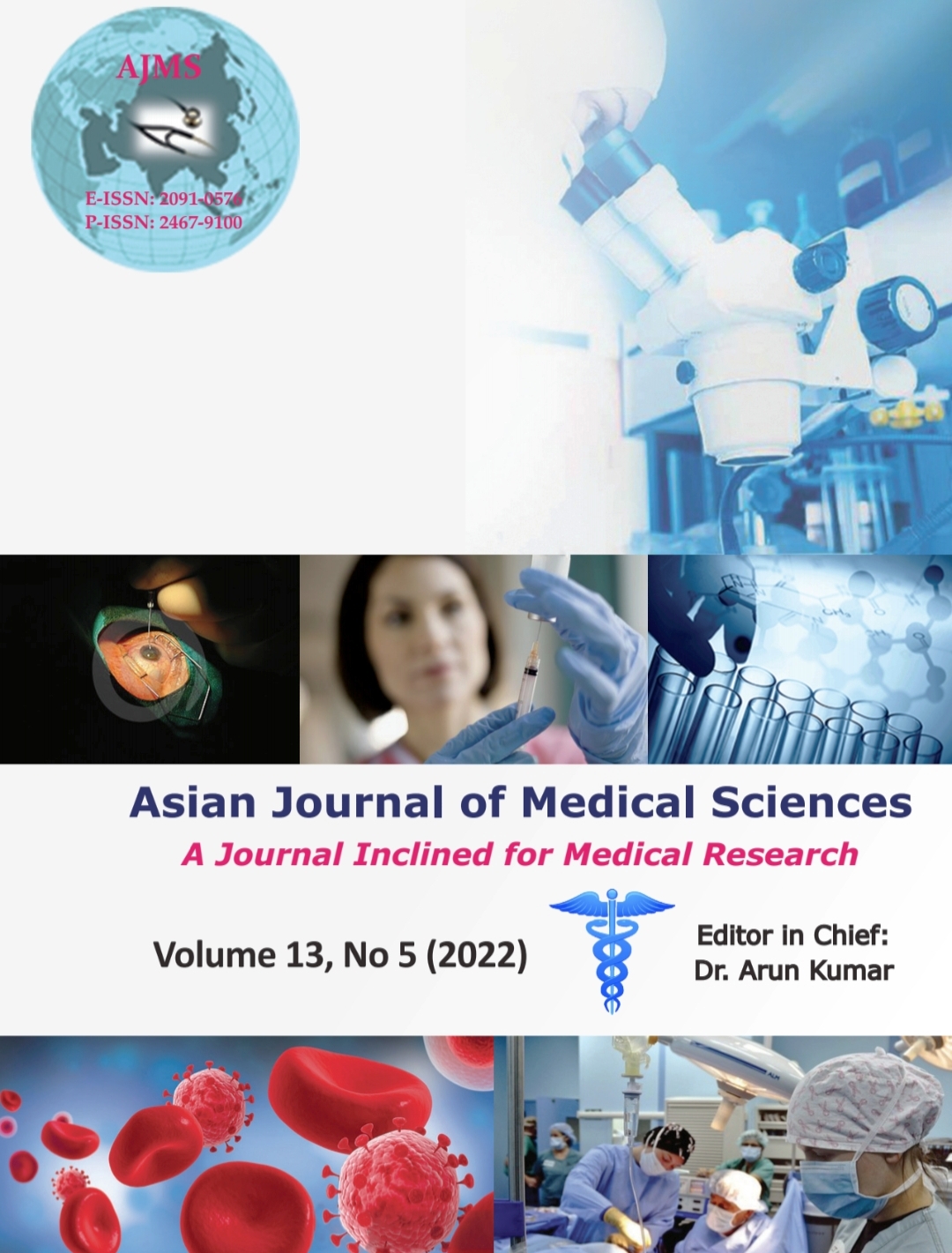Diagnostic hysterolaparoscopy: An important tool in evaluation of female infertility, in beneficiaries of ESI scheme in Eastern India
Keywords:
Diagnostic lap-hysteroscopy, Laparoscopy, Female infertility, Hysteroscopy, Hystero-salpingographyAbstract
Background: The WHO estimates that 60–80 million couples worldwide suffer from infertility and the overall prevalence of the primary infertility in India is 3.9–16.8%. As usual tests and examinations are unable to appreciate majority of pelvic pathology in infertile women, diagnostic laparoscopy has become an essential part of infertility evaluation. Diagnostic laparohysteroscopy (DHL) gives the opportunity to directly visualize and manipulate pelvic organs which allow accurate diagnosis and give an option to treat at the same
sitting.
Aims and Objectives: The aims of this study were to detect pelvic organ abnormalities by diagnostic hysteroscopy and laparoscopy in the evaluation of female infertility in a tertiary care hospital.
Materials and Methods: This cross-sectional observational study recruited 50 patients who attended the infertility clinic during 1 year period as per inclusion and exclusion criteria. Those with male factor and endocrine abnormality were excluded from the study. The patients having abnormal hystero-salpingography (HSG) findings and those who in spite of having normal HSG finding, did not conceive even after three cycles of ovulation induction, underwent DHL.
Results: Out of the 50 patients, 35 (70%) suffering from the primary and 15 (30%) suffering from the secondary infertility. The mean age of the study population was 29.5±5.3 years. Most of the cases presented with 3–6 years of infertility. The most common reported laparoscopic abnormality was ovarian in 58% cases, followed by 56% of pelvic and peritoneal abnormalities, 44% tubal factor abnormality, 36% having endometriosis at different stages, and 30% having uterine abnormality.
Conclusions: Hystero -laparoscopy has good diagnostic accuracy in evaluating pelvic pathologies. The combination of hysteroscopy with laparoscopy done in a single setting improves the detection rate of abnormalities of uterus, fallopian tubes, ovaries, and pelvic peritoneum.
Downloads
Downloads
Published
How to Cite
Issue
Section
License
Copyright (c) 2022 Asian Journal of Medical Sciences

This work is licensed under a Creative Commons Attribution-NonCommercial 4.0 International License.
Authors who publish with this journal agree to the following terms:
- The journal holds copyright and publishes the work under a Creative Commons CC-BY-NC license that permits use, distribution and reprduction in any medium, provided the original work is properly cited and is not used for commercial purposes. The journal should be recognised as the original publisher of this work.
- Authors are able to enter into separate, additional contractual arrangements for the non-exclusive distribution of the journal's published version of the work (e.g., post it to an institutional repository or publish it in a book), with an acknowledgement of its initial publication in this journal.
- Authors are permitted and encouraged to post their work online (e.g., in institutional repositories or on their website) prior to and during the submission process, as it can lead to productive exchanges, as well as earlier and greater citation of published work (See The Effect of Open Access).




